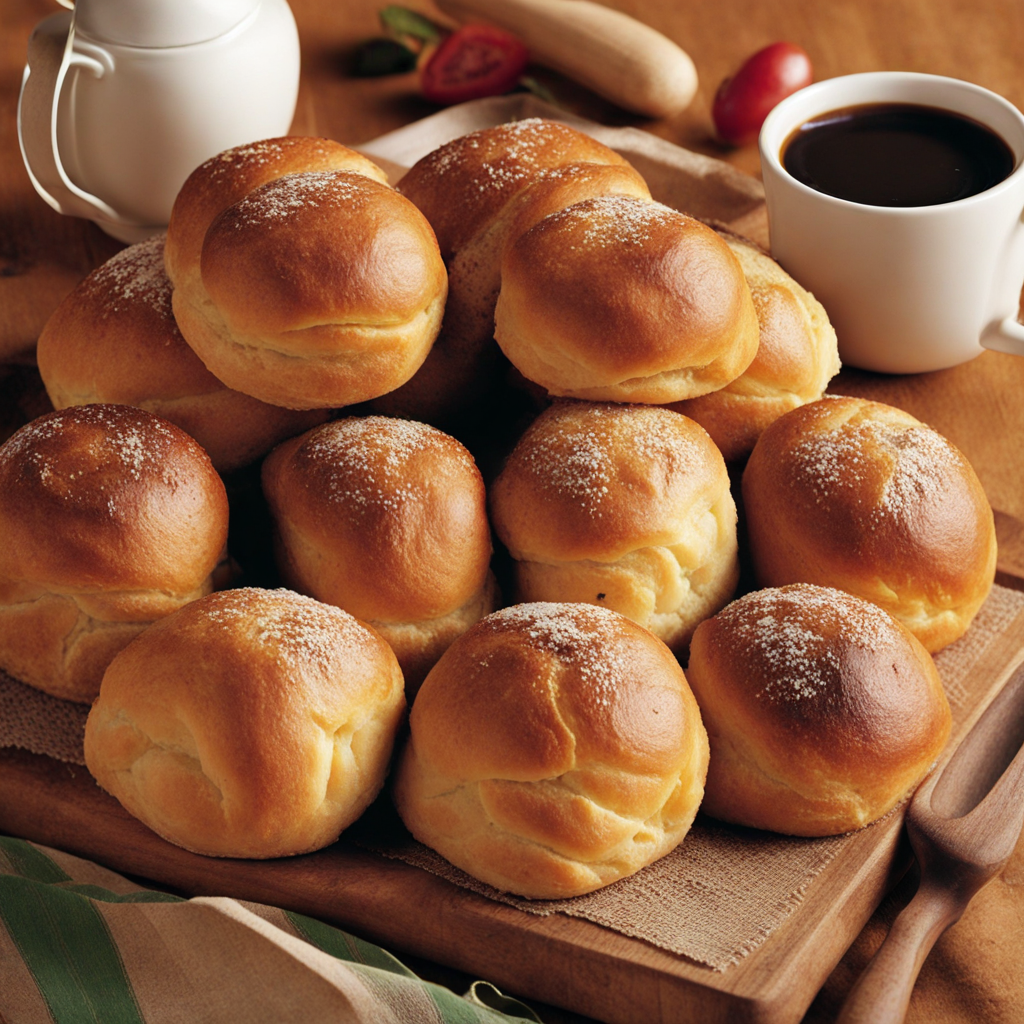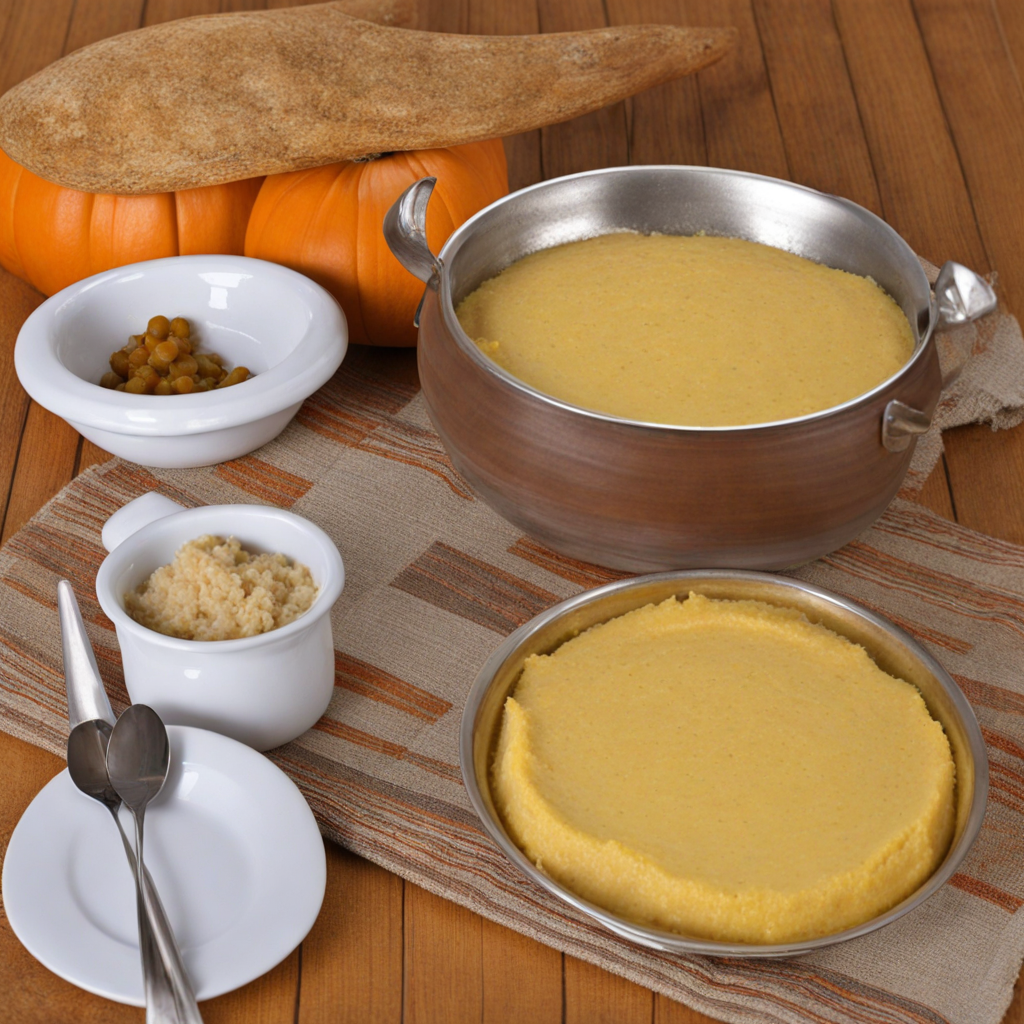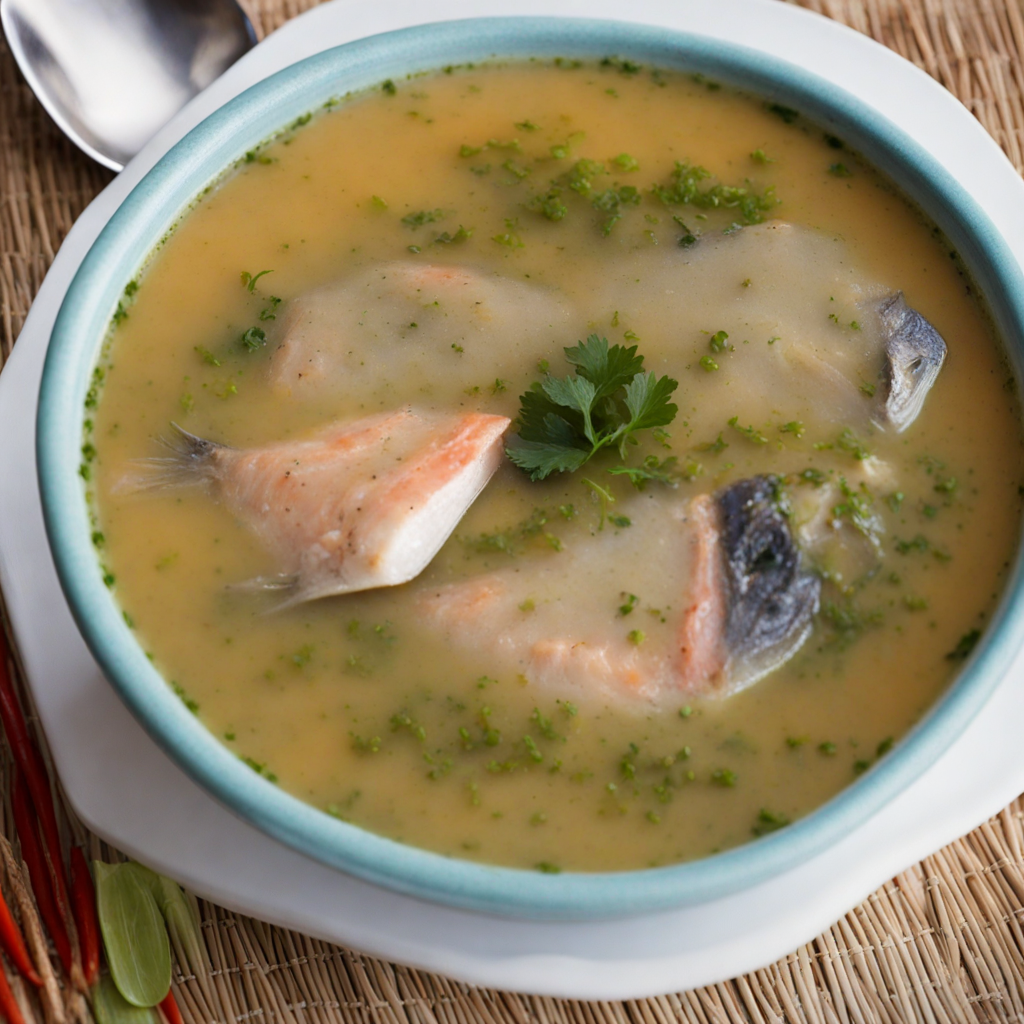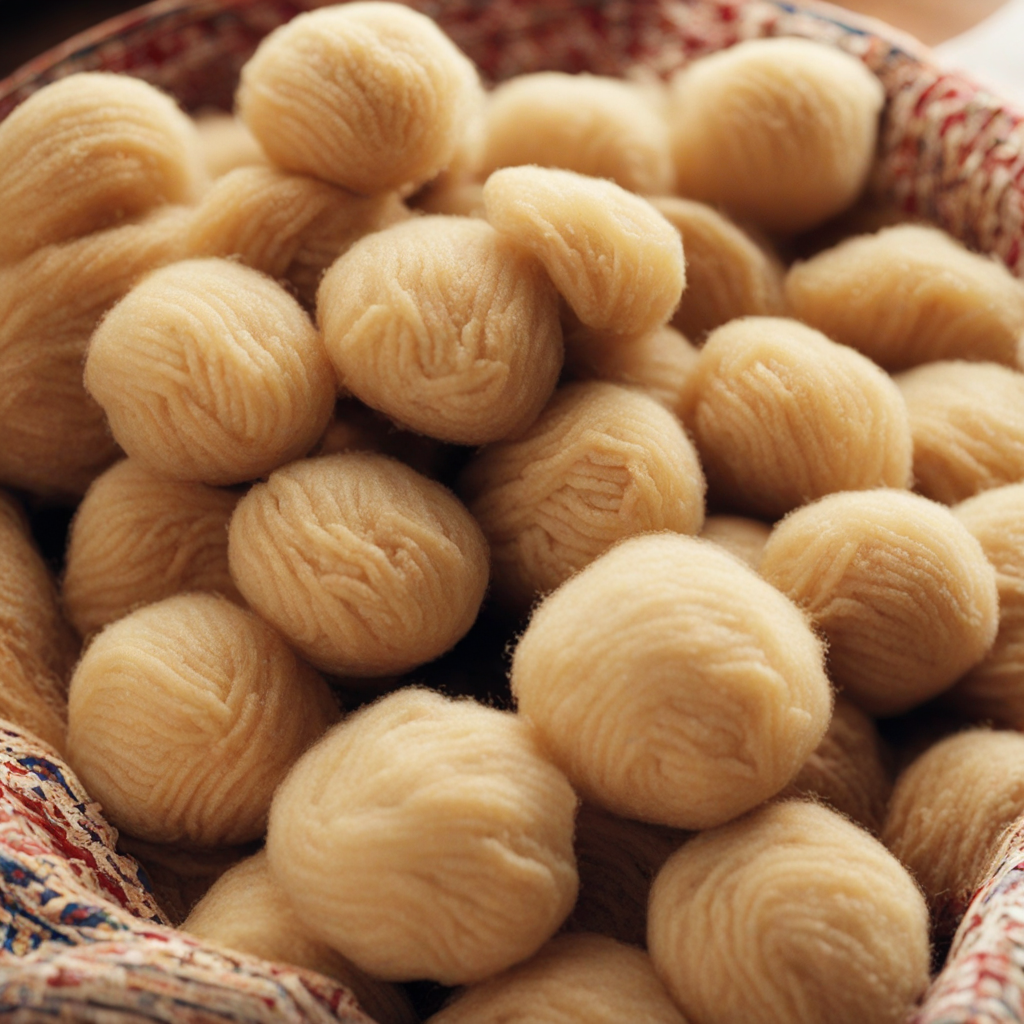Pastel Mandi'o
Pastel Mandi'o is a delightful Paraguayan dish that showcases the country's rich culinary heritage. This savory pastry is made primarily from mandioca, also known as cassava, which is a starchy root vegetable that lends a unique texture and flavor to the dish. The mandioca is grated and combined with a mix of eggs, cheese, and sometimes meat or vegetables, creating a filling that is both hearty and satisfying. The dough is then shaped into a pie or tart form, typically baked until golden brown and crispy on the outside, while remaining soft and flavorful on the inside. The flavor profile of Pastel Mandi'o is a harmonious blend of earthy and cheesy notes, enhanced by the subtle sweetness of the mandioca. The use of local cheeses, such as Paraguayan cheese or queso fresco, adds a creamy richness that perfectly complements the starchy base. When incorporating meat, such as beef or chicken, the dish becomes even more indulgent, with the savory elements infusing the pastry with depth and complexity. This dish is often enjoyed warm, making it a comforting choice for any meal or gathering. Pastel Mandi'o is not only delicious but also reflects the communal spirit of Paraguayan culture. It is commonly served at family gatherings and celebrations, where friends and loved ones come together to enjoy this flavorful treat. With its combination of unique ingredients and traditional preparation methods, Pastel Mandi'o offers a true taste of Paraguay that is sure to captivate anyone looking to explore new culinary experiences. Whether enjoyed as a snack, appetizer, or main dish, it promises to leave a lasting impression on your palate.
How It Became This Dish
The History of Pastel Mandi'o: A Culinary Treasure of Paraguay #### Origins Pastel Mandi'o is a traditional dish from Paraguay that holds a special place in the hearts and kitchens of its people. Its name translates to "cassava pie," reflecting its primary ingredient, mandioca or cassava (Manihot esculenta), which is a starchy root vegetable native to South America. This tuber has been cultivated for centuries, with archaeological evidence suggesting its domestication over 10,000 years ago, making it a cornerstone of indigenous diets long before the arrival of Europeans. The origins of Pastel Mandi'o can be traced back to the Guarani people, one of the indigenous groups in Paraguay. The Guarani utilized cassava not only as a staple food but also as a cultural symbol of sustenance and resilience. They prepared various dishes from cassava, including the fermented drink called "cachaça" and the traditional cake "tapioca." The versatility of cassava allowed it to be woven into the fabric of daily life, providing nourishment and serving as a medium for cultural expression. #### Cultural Significance As Paraguay evolved through the centuries, so did the culinary traditions surrounding cassava. Pastel Mandi'o emerged as a significant dish during the colonial period when Spanish settlers arrived in the 16th century. They introduced new ingredients such as cheese, eggs, and meats, which blended seamlessly with the existing indigenous culinary practices. This fusion created a rich tapestry of flavors that characterized the Paraguayan cuisine we recognize today. Pastel Mandi'o is not just a dish; it is a cultural emblem. It is often served during family gatherings, community celebrations, and religious holidays, making it a staple at Paraguayan tables. The preparation of Pastel Mandi'o is often a communal activity, where families come together to peel, grate, and mix the ingredients, reinforcing social bonds and a sense of belonging. The dish has become synonymous with Paraguayan hospitality, as it is often offered to guests as a gesture of warmth and generosity. In addition to its role in everyday cuisine, Pastel Mandi'o has found a place in the national identity of Paraguay. The dish is featured in festivals and culinary competitions, showcasing the pride Paraguayans take in their culinary heritage. It serves as a reminder of the country’s agrarian roots and the importance of local ingredients, encouraging sustainable practices that honor the land and its bounty. #### Development Over Time As Paraguay navigated through historical changes, from colonization to independence, and into the modern era, Pastel Mandi'o evolved as well. The dish has adapted to the changing tastes and dietary preferences of the Paraguayan people. In the past, it was primarily made with simple, locally sourced ingredients: grated cassava, cheese, and sometimes meat. Traditional recipes often vary from region to region, with each family adding their unique touch. In contemporary times, the dish has seen a revival amidst a growing interest in traditional Paraguayan cuisine. Chefs and food enthusiasts are exploring the roots of Pastel Mandi'o, experimenting with ingredients and presentation while still honoring its essence. Some variations now include the addition of spices, herbs, or even vegetables, reflecting a more globalized palate while still celebrating the dish's heritage. The rise of the farm-to-table movement has also contributed to the resurgence of Pastel Mandi'o. With an increasing focus on local ingredients and sustainable agriculture, many chefs and home cooks are returning to the traditional methods of preparing this dish, often sourcing cassava and other ingredients directly from local farmers. This connection to the land not only enhances the flavor but also reinforces the importance of supporting local economies. #### A Dish for the Future As Paraguay continues to modernize, Pastel Mandi'o remains a beloved dish that bridges the gap between the past and the present. It reflects the country's rich history, cultural diversity, and the resilience of its people. The dish has garnered attention beyond Paraguay's borders, with food festivals and cultural events showcasing its unique flavors and preparation methods. Moreover, as Paraguayans living abroad seek to maintain their culinary traditions, Pastel Mandi'o has become a symbol of nostalgia and cultural pride. Recipes are passed down through generations, often accompanied by stories that connect individuals to their heritage. This aspect of storytelling is crucial, as it preserves not only the culinary knowledge but also the cultural identity of the Paraguayan people. In recent years, there has been a push to promote Paraguayan cuisine on a global scale. Chefs from Paraguay have taken their culinary skills to international platforms, showcasing dishes like Pastel Mandi'o to a wider audience. This exposure has sparked interest in the flavors and traditions of Paraguay, leading to a greater appreciation for its culinary landscape. #### Conclusion In summary, Pastel Mandi'o is more than just a dish; it embodies the history, culture, and identity of Paraguay. From its indigenous roots to its modern interpretations, it tells a story of resilience, adaptation, and connection. As Paraguay continues to navigate the complexities of the modern world, Pastel Mandi'o stands as a testament to the enduring power of food to unite people, celebrate heritage, and foster community. Whether enjoyed at a family gathering or served at a restaurant, this cassava pie remains a cherished culinary treasure that will undoubtedly continue to evolve while honoring its rich past.
You may like
Discover local flavors from Paraguay







